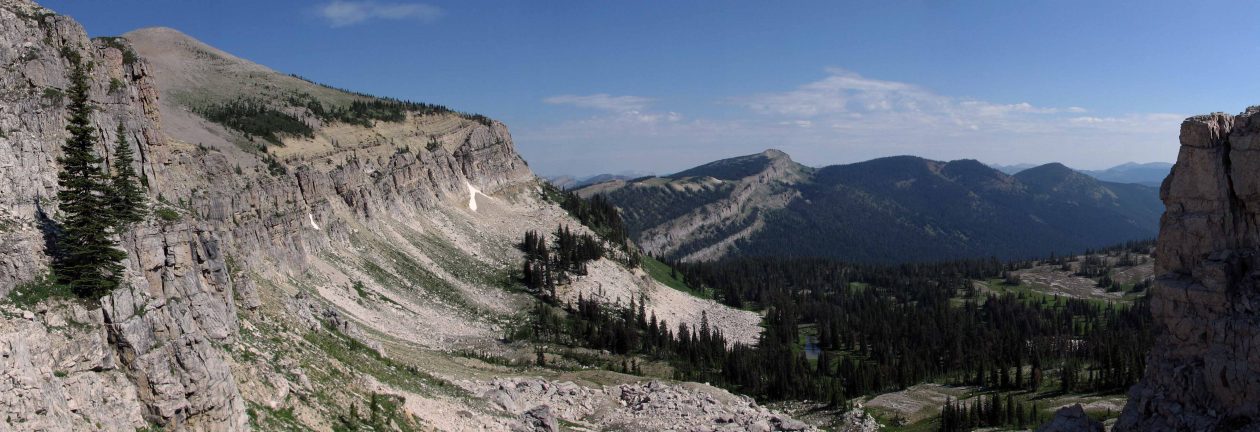Malacca, Malaysia
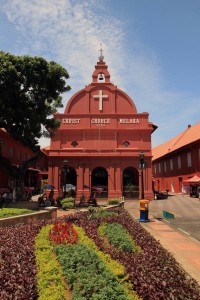
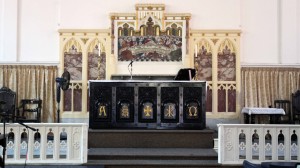

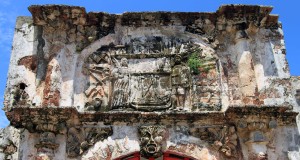
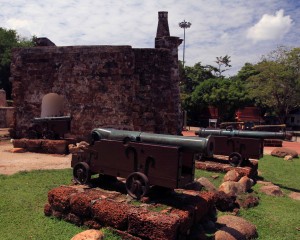
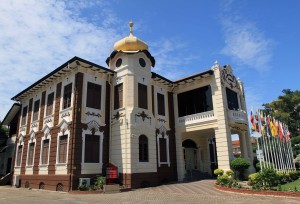
My sleep-cycle has gone awry; once again I stayed up late, talking to the owner of the hostel whilst watching a Bollywood film from the 1960s, and once again I woke up late. Perhaps it is for the best since the sun was out again in full force and I only caught the latter half of its fury. I eventually left the hostel in the afternoon and first walked to the Christ Church and looked inside. It did not have much art to worship, but there were plenty of souvenirs for sale inside. After leaving that holy structure, I walked around St. Paul’s Hill until I came to the only remaining part of the ancient fortress of Malacca, built by Alfonso d’ Alboquerque in 1511 AD and named “Famosa” by him. This small portion of the bastion of Santiago that remains standing to this day had many artillery canons adorning its grounds and inside (just as with the ruins of St. Paul’s) was a tout taking up space trying to sell items and sing Beatles’ songs – I have no problem with his business (especially him singing classic Beatles’ songs such as ‘Yesterday’), but I’d prefer if he were to do it outside of the ruins and leave the historic site unscathed. Adjacent to the fortress ruins is a former colonial building named the “Proclamation of Independence Memorial”, named so because an announcement of Malaysia’s impending independence was made by Tunku Abdul Rahmen Putra Al-Haj (Malaysia’s first Prime Minister) just across the road from the former colonial building.
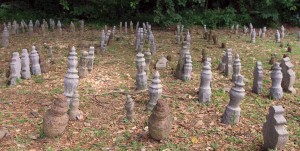
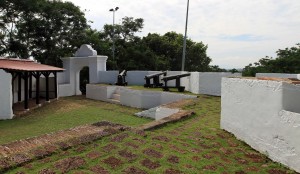
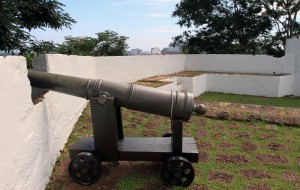
From there I trekked east across the city, heading toward St. John’s Hill (also known as “Bukit Senjuang”) and the fort that stands atop it. Along the way, there were no sidewalks, so I found myself walking on the street more than I would’ve liked (especially since I had a few close encounters with automobiles and motorbikes along the way); eventually I reached the hill, passed an old graveyard, and found a seldom-used trail leading up; I took the trail up the hill (having grown weary of walking on the street) and was soon at the entrance to the old fort. During the Portuguese occupation, a chapel was built on the hill, but was destroyed by Acehnese troops in 1628-1629; when the Dutch came and occupied the land, they built the fort that remains here to this day in 1760 to prevent attacks by Acehnese and Bugis who came from the south. Today there is a large water tower that stands east of the fort and from the fort, one can see the sea and many tall buildings of Malacca.
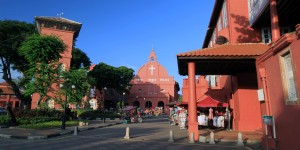
After visiting the fort, I headed back to the historic city center and found a bistro to eat an afternoon meal at; I had Chinese spring rolls, noodles with seafood and tomato paste, a water, and four pints of beer – donated to me, for my cause; I then supplemented the meal with a coffee afterwards. During my meal I read the Book of Nehemiah (in it, Nehemiah reconstructs much of Jerusalem for the Jews during the Persian occupation), which one could use to draw parallels to the recent history of Israel (Nehemiah 2:20 “My answer to them was this: ‘It is the God of Heaven who will grant us success. We his servants, shall set about the rebuilding; but you have neither share nor claim nor memorial in Jerusalem.”). After finishing such a splendid meal, I went back to my room in the hostel for a moment’s rest before heading out to capture more photos of Malacca at night.
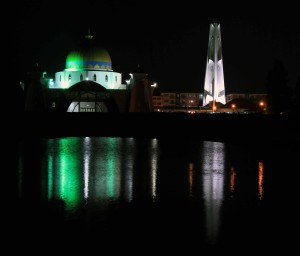
I walked south to the Melaka Straits Mosque (“Masjid Selat Melaka”), which is located on a nearly deserted island; it was erie walking along the the street at night, passing by many empty buildings, recently constructed yet still uninhabited, before finally reaching the mosque. The mosque itself rests on stilts above the beach, making me wonder if female worshipers wear bikinis under their abayas so that they can head straight to the beach after praying in the mosque. After taking several photos of the mosque lit up at night, I then walked back to my hotel to update the website and pray for sleep so that I may wake up early tomorrow morning.
